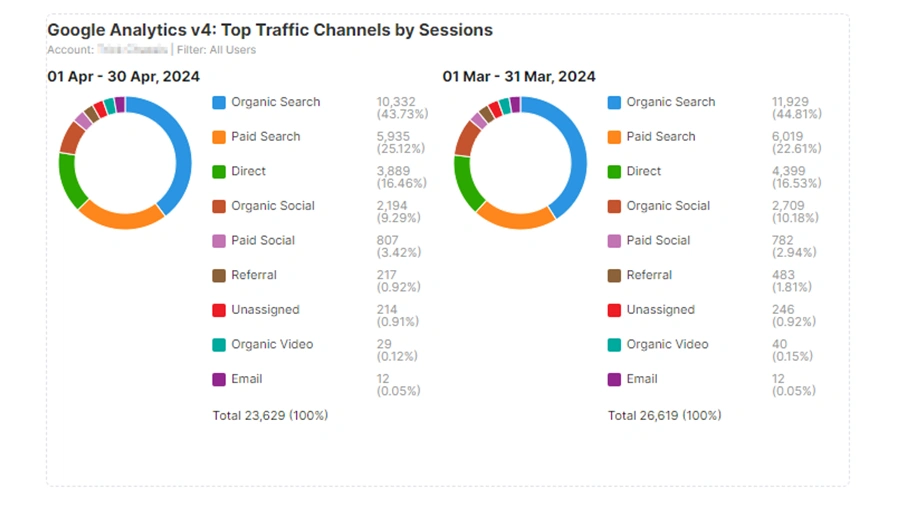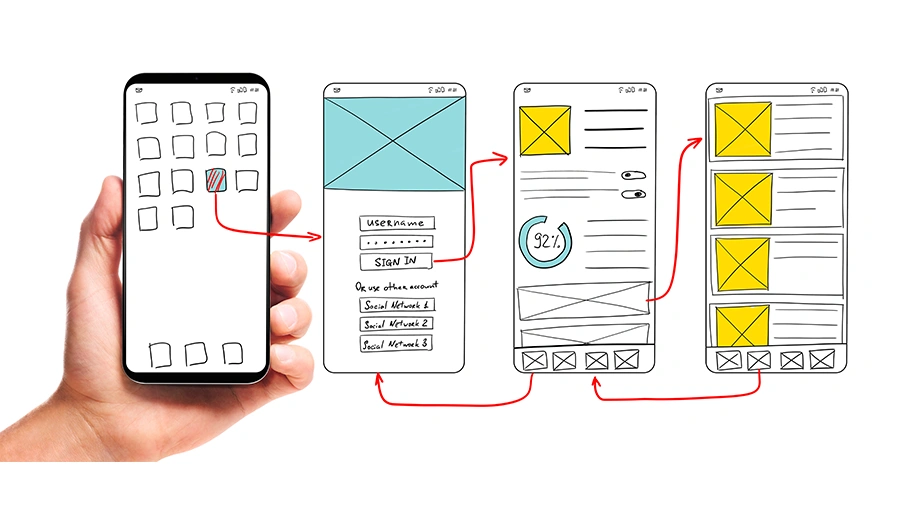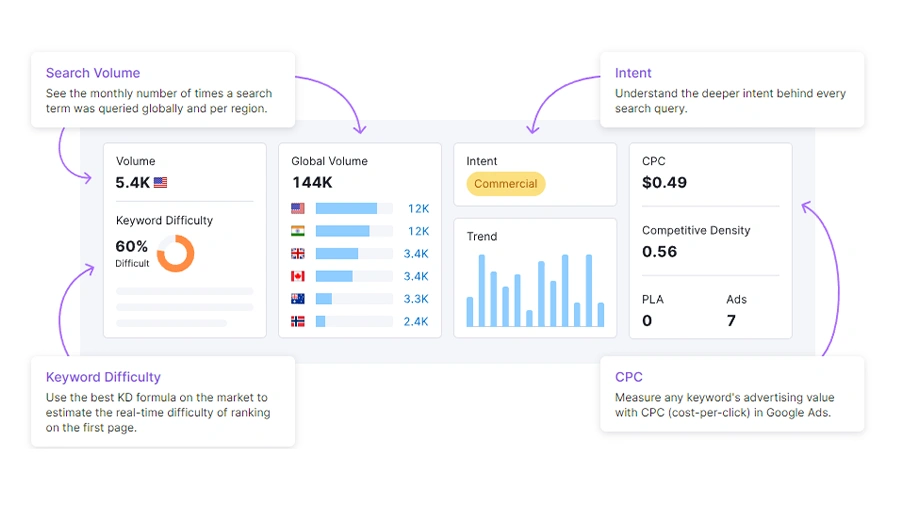Welcome to the modern digital age, where your website is your business card, storefront, and first impression all rolled into one. Your visitors are the backbone of your website, that’s why it’s essential to make their experience as smooth and enjoyable as possible.
Imagine walking into a store that's cluttered and confusing, making it difficult to find anything. You'd probably walk right out, right? The same goes for your website. A user-centered website design prioritizes a seamless experience for your visitors, encouraging them to stay, explore, and interact with your brand.
Let's dive into why this approach is essential for business growth!
Understanding User-Centered Design:
Ever heard the phrase, "Think like a user"? That's the essence of user-centered design. It's all about putting yourself in your website visitors' shoes and designing an experience that feels natural and intuitive.
Think of it as having a digital concierge to seamlessly guide your visitors from point A to point B. User-centered design means creating a website that's easy to navigate, visually appealing, and responsive on all devices.
Benefits of User-centered Website Design:
Happy Visitors, Happy Business:
When users find what they're looking for swiftly and easily, they're more likely to stick around, explore further, and even convert into customers. Happy users = a flourishing business!
Boosted Designer Efficiency:
By prioritizing user needs, designers can streamline their work processes, reduce the need for extensive revisions, and guarantee a smoother design process. This approach minimizes your workload while providing a smooth experience to your visitors. Talk about a win-win!
Unified Team Vision:
Keeping the user at the center of focus helps align all team members with both the user’s needs and the company’s goals, fostering a collaborative and supportive dynamic. Teamwork makes the dream work!

SEO Boost:
A well-designed, user-friendly website keeps visitors engaged for longer, which will improve SEO. Search engines will keep note of this and reward you with better rankings, promoting your business to more potential customers.
Conversion Magic:
Clear calls-to-action and intuitive navigation make it easy for visitors to take the next step. Whether it's making a purchase, signing up for a newsletter, or contacting you for more information, a simple, bold statement can go a long way!

Key Principles To Creating User-centered Design Magic:
Seeing Through User Eyes: The Power of Empathy in Design
It's all about imagining that you are the user and seeing the world through their eyes. What do they need? What are their frustrations? How can your business cater to their specific preferences?
For instance, designing for older adults might mean using larger font sizes and more straightforward UI elements like bigger buttons and expanded form fields. By empathizing with your audience, you create a more inclusive and welcoming experience, ultimately increasing the chance of lead generation.
Involve Users at Every Step: Continuous Feedback Loop
Successful design isn’t just a one-time event; it’s an ongoing process that involves users at every stage. From initial market research to usability testing and incremental feedback, user input is invaluable to your business.
Implementing mini design-build-test cycles allows for continuous integration of user feedback into each web design draft. This approach ensures that the final product not only meets but exceeds user expectations.
Prioritize Accessibility: Designing for All Users
Accessibility is a crucial element of user-centered design. Your website should be accessible to everyone, including people with disabilities. This involves adding features such as alt text for images, keyboard accessibility, and adequate color contrast. Making your website accessible not only expands your potential audience, but also showcases your dedication to inclusivity and social responsibility.

Let Data Be Your Guide: Making Informed Decisions
Refrain from relying solely on assumptions, as they can lead to missteps. Instead, let data guide your decisions. Utilize website analytics tools and A/B testing to gather insights into user behavior. Watch recordings of real users navigating your site to uncover your weaknesses. By analyzing this data, you can make informed decisions that enhance the user experience, ultimately making your site more intuitive and user-friendly.
Aligning Goals: Bridging Business Objectives and User Needs
A user-centered design doesn’t just make users happy; it also drives business success. Aligning your business goals with users’ needs creates a mutually beneficial dynamic.
For example, if your business goal is to boost sales, streamline your checkout process to save users’ time and reduce friction. Or, if you aim to grow your email marketing list, offer valuable content upon sign-up. By aligning your goals, you guarantee user satisfaction while achieving business growth.
Investing in user-centered website design is like rolling out the red carpet for your visitors. It enhances their experience, boosts your SEO, and drives conversions. Ready to transform your website into a user-friendly powerhouse? Let our creative department work its magic and help your business shine online!
Contact Us to Learn More